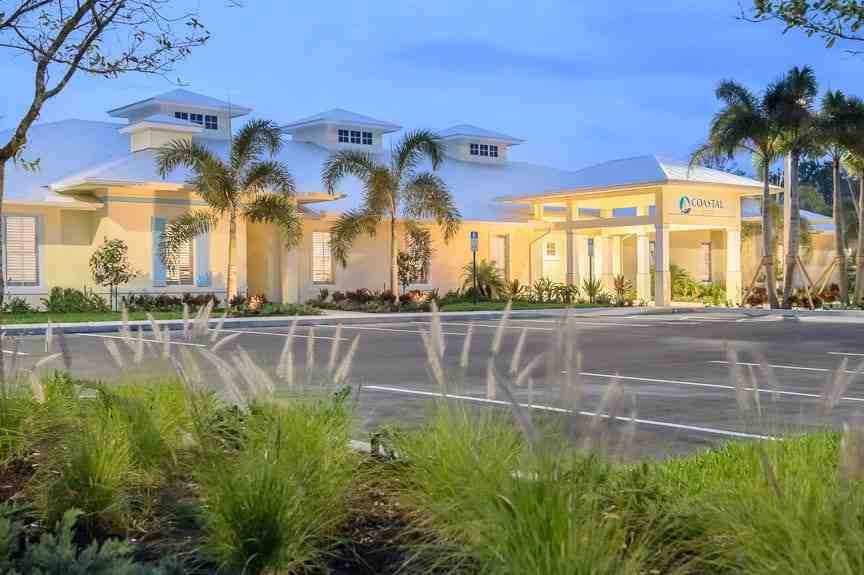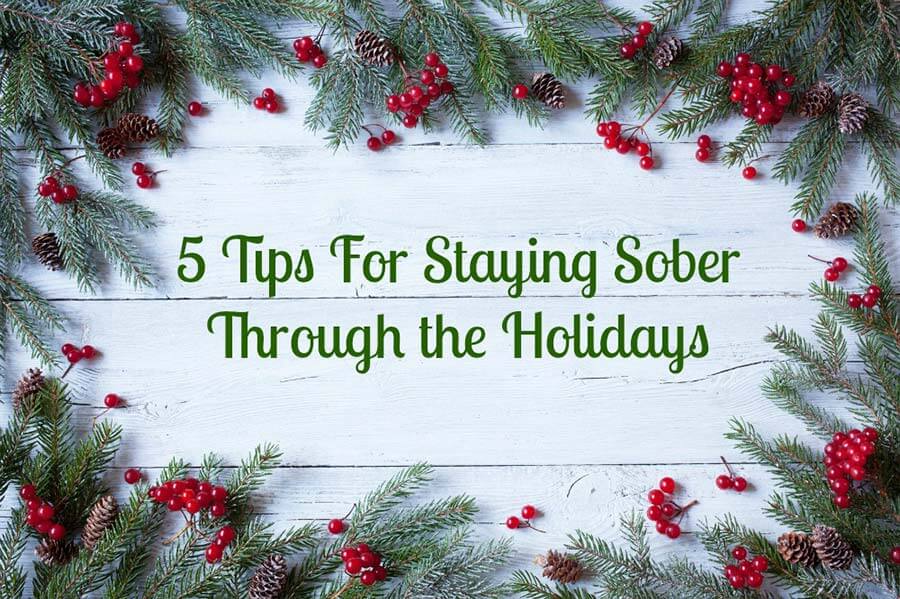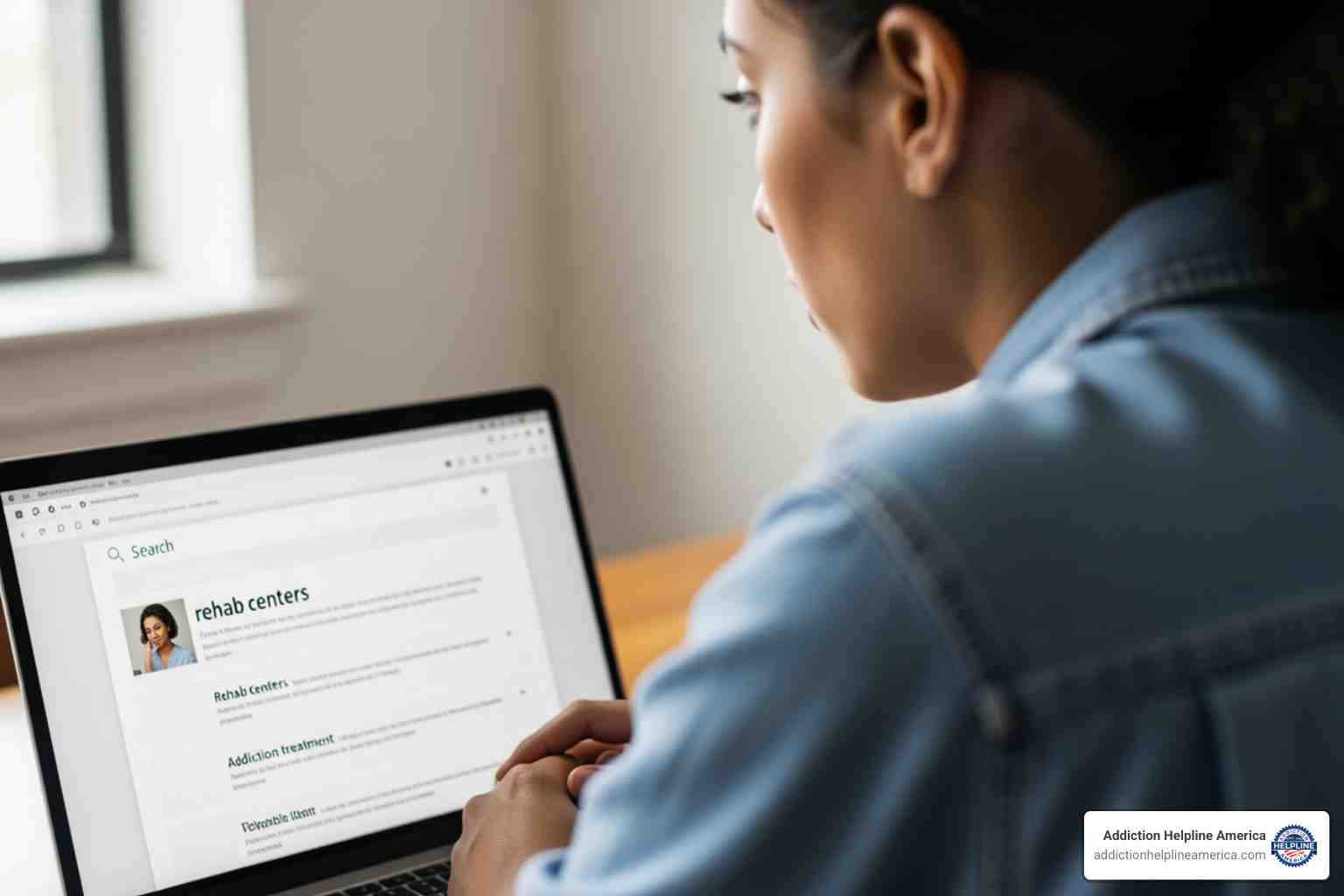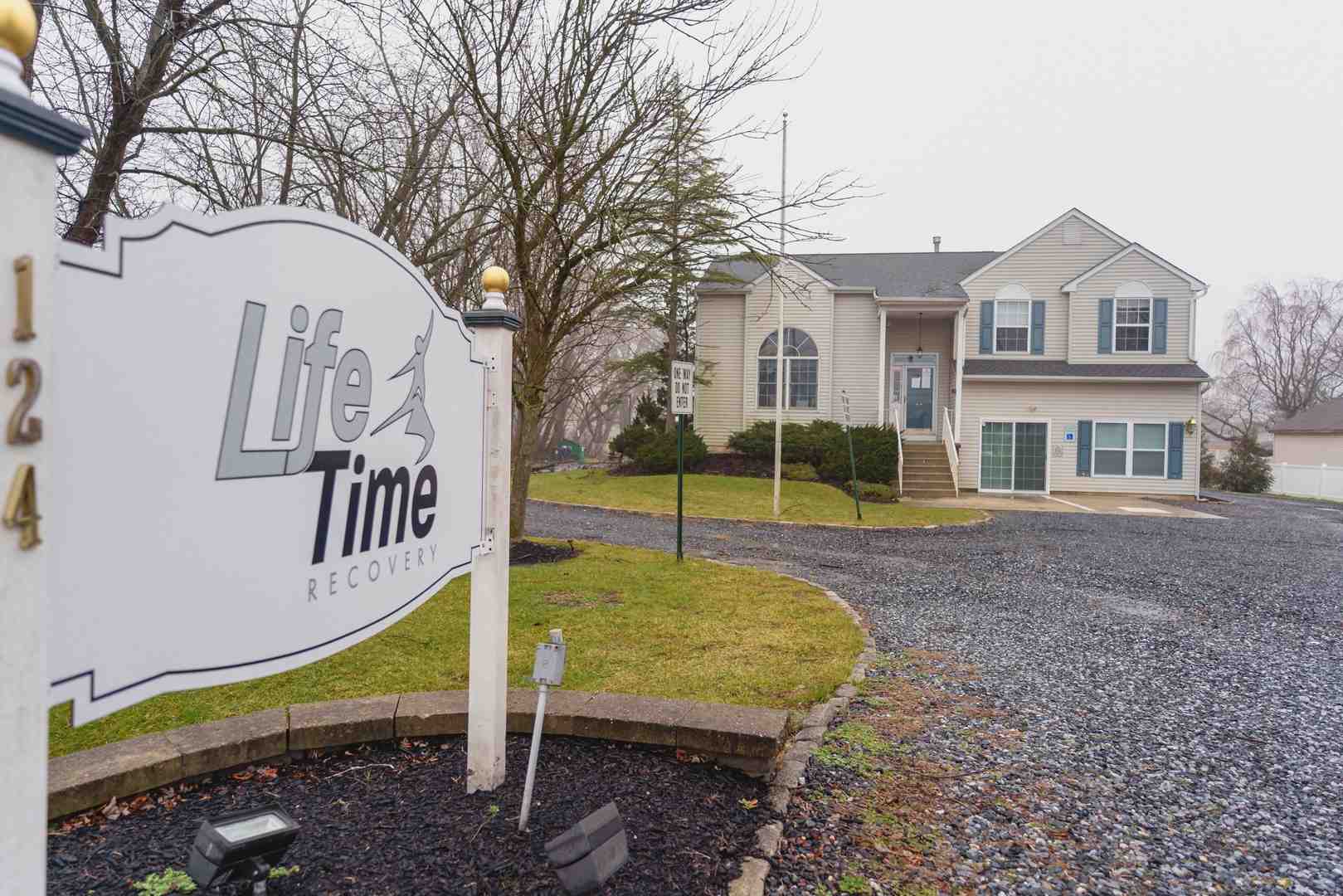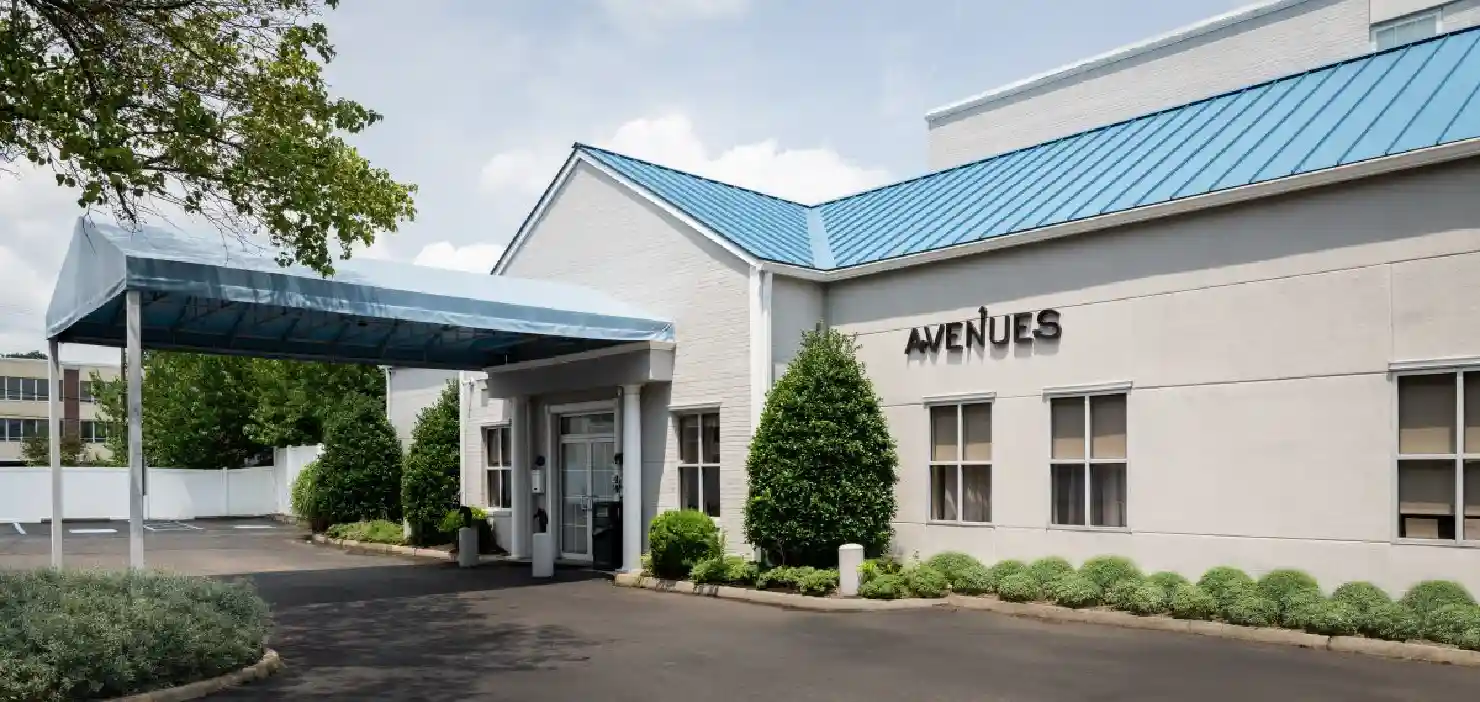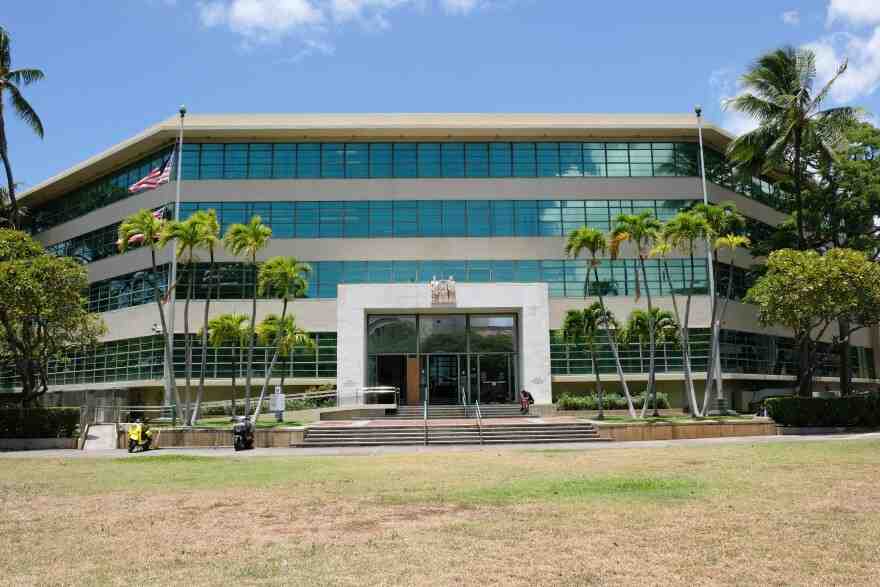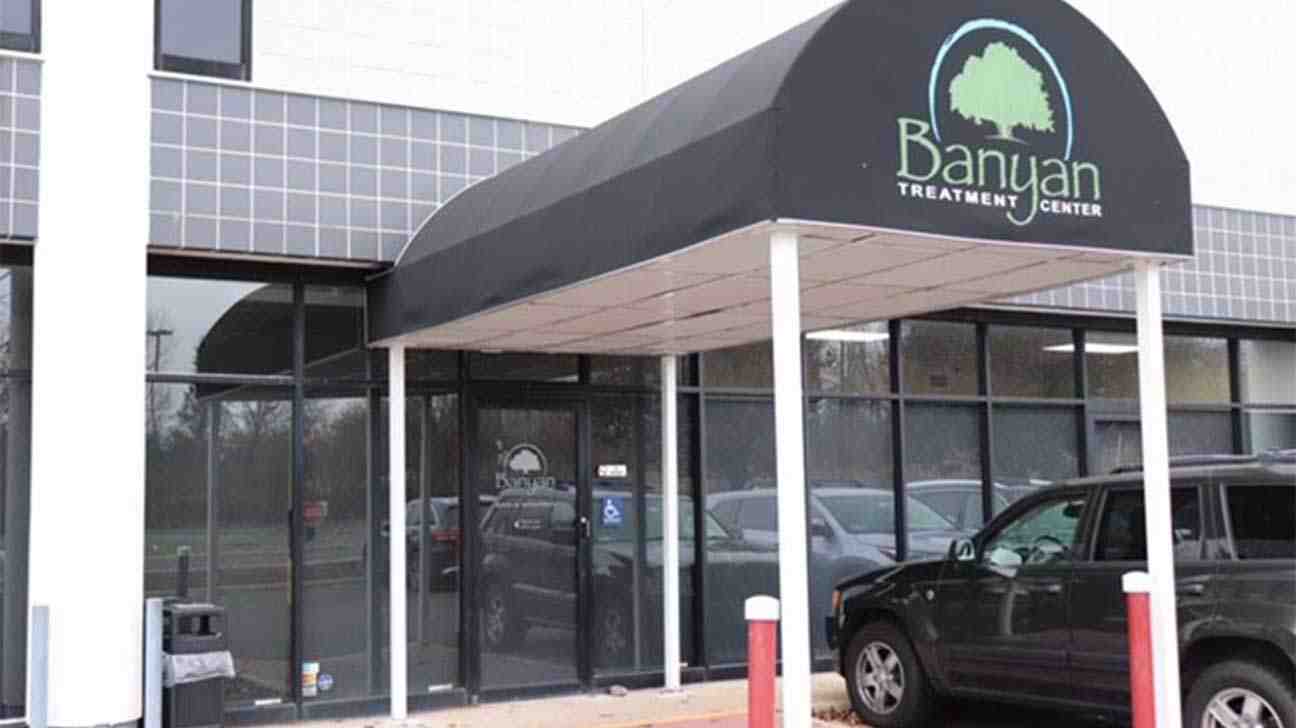
Why Marijuana Addiction Help Matters More Than Ever
Marijuana addiction help is available and effective for those struggling with cannabis use disorder. If marijuana use is causing problems in your life, work, or relationships, it’s time to seek support.
Quick Guide to Getting Help:
- Recognize the problem and its impact on your life.
- Call a helpline for 24/7 confidential support and immediate treatment options.
- Explore treatment options like therapy (CBT, MET), support groups, and rehab programs.
- Build a support network of professionals and peers.
- Take action today for the best chance at lasting recovery.
The landscape of marijuana use has changed dramatically. With over 49 million Americans using marijuana in 2020, the risk of addiction has also grown. Research shows that 14.2 million Americans had a marijuana use disorder in 2020.
Many people mistakenly believe that legal means safe. However, like alcohol, marijuana can lead to addiction. About 1 in 11 users will develop an addiction, a number that rises to 1 in 6 for those who start as teenagers. For daily users, the risk of addiction is between 25% and 50%.
If you’ve tried to quit and couldn’t, or if use is affecting your job, relationships, or health, you’re not alone. There is hope.
Cannabis Use Disorder (CUD) is a real, diagnosable condition, but treatment works. Evidence-based help, from therapy to support groups, is available.
At Addiction Helpline America, we provide compassionate, confidential support for individuals and families. Through our 24/7 helpline and treatment referrals, we offer specialized marijuana addiction help and guide you through every step of your recovery journey.
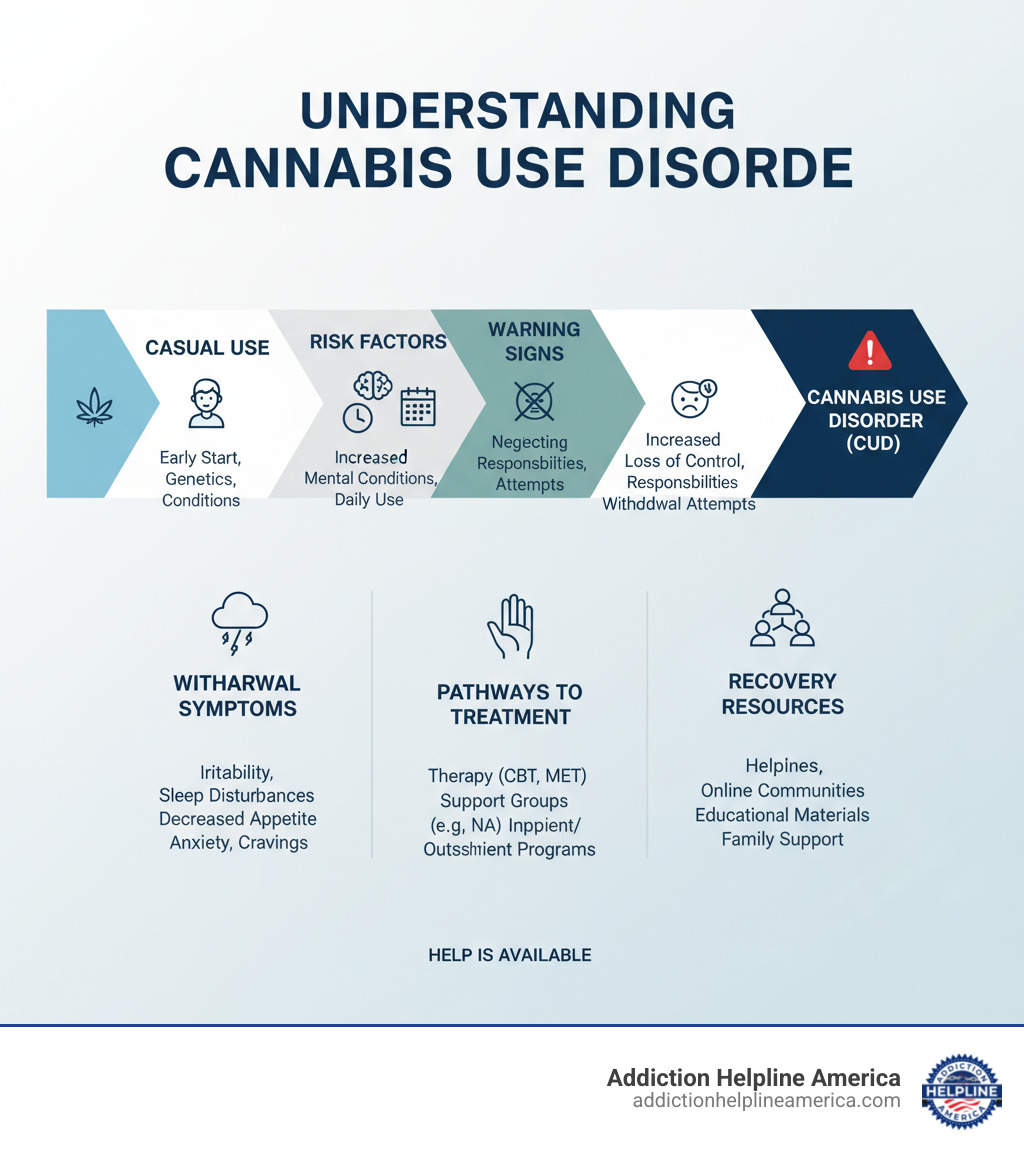
Understanding Marijuana Addiction (Cannabis Use Disorder)
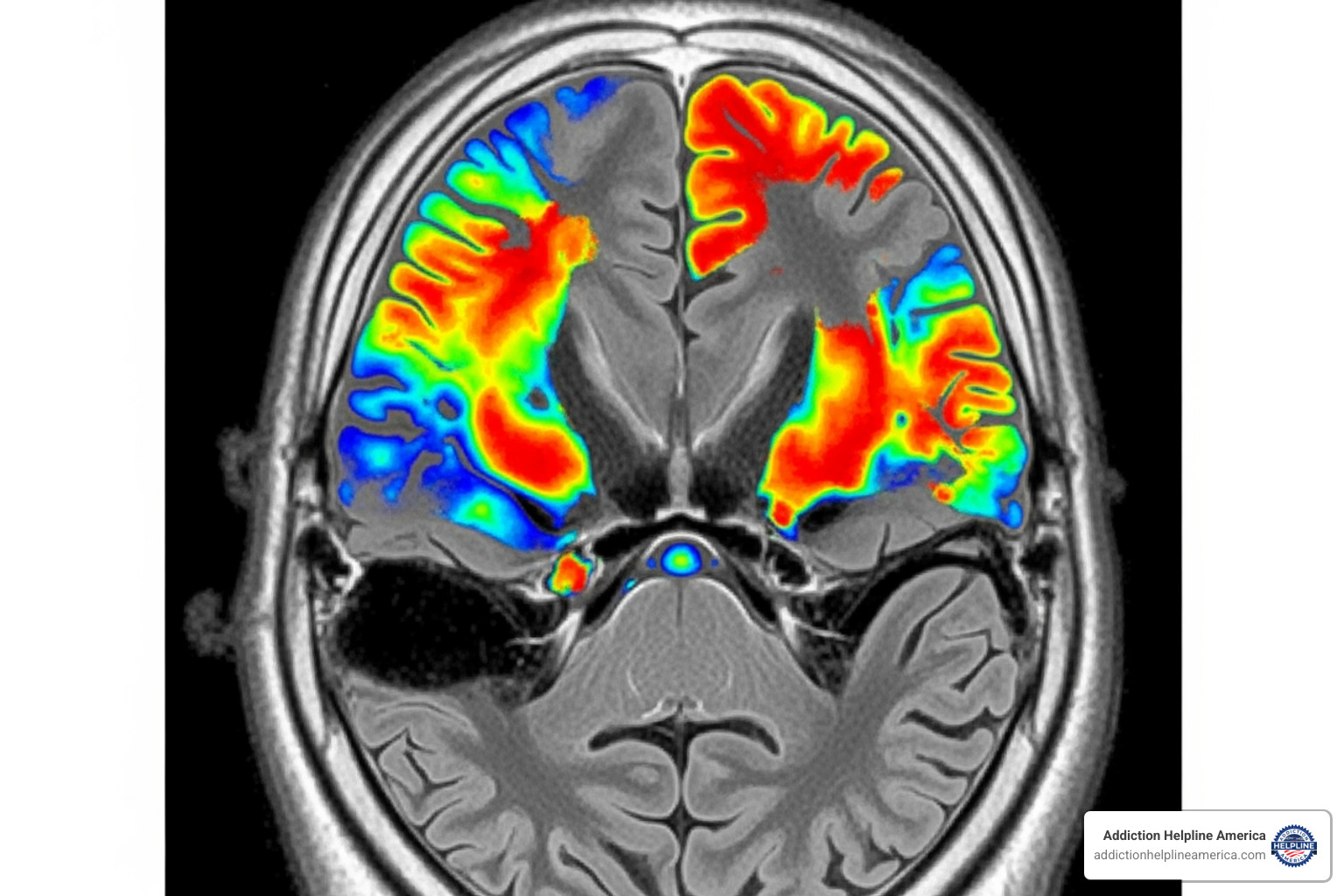
When someone can’t stop using marijuana despite negative consequences, they may have Cannabis Use Disorder (CUD), also known as marijuana addiction. This isn’t about casual use; it’s a problematic pattern that causes real distress and can happen to anyone.
What is Marijuana Addiction and How Does It Develop?
Cannabis Use Disorder is a mental health condition classified as mild, moderate, or severe depending on the number of symptoms. It develops when THC (Tetrahydrocannabinol), the main psychoactive compound in marijuana, hijacks the brain’s endocannabinoid system, which helps regulate mood, memory, and pleasure.
THC triggers a flood of dopamine, the “feel-good” chemical. With repeated use, the brain adapts, becoming less sensitive to its own dopamine. This leads to tolerance—needing more marijuana to get the same effect. Eventually, the brain depends on THC to function normally, leading to physical dependence. When this is combined with a powerful psychological craving, it becomes an addiction.
Why does this happen to some and not others? Genetics play a major role, accounting for 40% to 60% of a person’s vulnerability to addiction. Environmental factors like peer pressure, stress, and trauma also contribute. However, the single biggest risk factor is starting young. Beginning marijuana use before age 18 makes you four to seven times more likely to develop CUD as an adult because the adolescent brain is still developing and is highly vulnerable to THC’s effects. High-potency products and heavy use also significantly increase the risk. For more scientific research on cannabis use and the brain, visit the National Institute on Drug Abuse.
Signs and Symptoms of Problematic Marijuana Use
Recognizing when use has crossed into addiction can be difficult. Healthcare professionals use criteria from the DSM-5 to diagnose Cannabis Use Disorder. If you or a loved one experiences two or more of the following signs in a 12-month period, it may be time to seek marijuana addiction help:
- Using more marijuana than intended or for longer than planned.
- Wanting to quit or cut down but being unable to.
- Spending a great deal of time getting, using, or recovering from marijuana.
- Experiencing intense cravings or urges to use.
- Failing to fulfill major responsibilities at work, school, or home due to use.
- Continuing to use despite persistent social or relationship problems.
- Giving up important social, occupational, or recreational activities.
- Using marijuana in physically hazardous situations, like driving.
- Continuing use despite knowing it’s causing or worsening physical or psychological problems.
- Tolerance: Needing more to get the desired effect.
- Withdrawal: Experiencing symptoms when you stop or using to avoid them.
Other signs can include neglecting responsibilities, social withdrawal, secrecy, mood swings, loss of motivation, bloodshot eyes, and a chronic cough. If these patterns are familiar, it’s a signal that professional help is needed, not a sign of a character flaw.
Short-Term and Long-Term Effects of Chronic Use
The impact of chronic marijuana use extends far beyond the temporary high. While some feel relaxed, heavy use often leads to serious consequences.
Short-term effects can include impaired thinking, memory problems, difficulty concentrating, and slowed reaction times. Some users experience anxiety, panic, or paranoia. High doses can even trigger hallucinations.
Long-term effects are more severe and can include:
- Cognitive Impairment: Persistent memory loss, concentration issues, and a potential drop in IQ, especially when use begins in adolescence.
- Respiratory Issues: If smoked, chronic use can lead to lung infections, bronchitis, and a persistent cough.
- Mental Health Risks: Increased risk of anxiety, sleep disorders, and, in vulnerable individuals, cannabis-induced psychosis.
- Cannabis Hyperemesis Syndrome (CHS): A condition causing severe, recurring nausea, vomiting, and abdominal pain, often relieved only by hot showers and stopping use.
- Altered Brain Development: For adolescents, chronic use can interfere with brain development, leading to lasting cognitive and behavioral problems.
These are documented health consequences. If you’re experiencing these effects, seeking marijuana addiction help is essential for protecting your long-term health.
The Path to Recovery: Comprehensive Marijuana Addiction Help
Admitting that marijuana has become a problem takes courage, especially when its use is normalized. But this moment of honesty is where recovery begins. The next step is a professional assessment, which allows a trained expert to create a personalized treatment plan custom to your unique needs.
Navigating Marijuana Withdrawal and Detox
When you stop using marijuana, your body goes through withdrawal as it adjusts. While not as physically dangerous as withdrawal from alcohol or opioids, it can be very uncomfortable. Symptoms often include:
- Irritability and anger
- Anxiety and restlessness
- Insomnia, vivid dreams, or nightmares
- Intense cravings
- Headaches, stomach problems, and decreased appetite
- Flu-like symptoms like sweating and chills
Symptoms typically begin within 24 hours, peak around day three, and subside within two weeks, though some psychological symptoms may last longer. While some people quit cold turkey, medical supervision and supportive care can help manage symptoms safely. Doctors may prescribe medications off-label to help with severe anxiety or insomnia, making it easier to focus on recovery.
What Are the Core Treatment Options for Marijuana Addiction?
Effective marijuana addiction help is available, and finding the right fit is key to success.
- Inpatient or residential rehab provides the most intensive care in a structured, trigger-free environment. It’s ideal for severe CUD or co-occurring mental health issues, with programs typically lasting 30 to 90 days.
- Outpatient programs offer flexibility, allowing you to live at home while attending therapy. Intensive Outpatient (IOP) and Partial Hospitalization (PHP) programs provide structured treatment while you maintain work or school commitments.
Both inpatient and outpatient treatment involve individual therapy to address underlying issues and group counseling for peer support. The most effective therapeutic approaches include:
- Cognitive Behavioral Therapy (CBT): Helps you identify and change negative thought patterns and behaviors related to marijuana use. The Brief Counseling for Marijuana Dependence: A Manual for Treating Adults outlines a model using CBT principles.
- Motivational Improvement Therapy (MET): Helps you resolve ambivalence about quitting and strengthen your internal motivation for change.
- Contingency Management (CM): Uses tangible rewards, like vouchers, to reinforce positive behaviors such as negative drug tests.
Addiction Helpline America connects you with quality treatment centers nationwide, helping you find a program with a personalized plan for your needs.
Are There Medications for Marijuana Addiction Treatment?
Currently, there are no FDA-approved medications specifically for treating Cannabis Use Disorder. However, medication can still play a supportive role in recovery.
Doctors may prescribe medications off-label to manage withdrawal symptoms, such as anti-anxiety drugs or sleep aids, to make the detox process more tolerable. Additionally, treating co-occurring mental health conditions like depression or anxiety with appropriate medications is crucial. By addressing these underlying issues, you reduce the urge to self-medicate with marijuana, significantly improving your chances of a successful recovery.
While researchers continue to explore pharmaceutical options, the foundation of effective marijuana addiction help remains behavioral therapy and strong support systems.
Building a Foundation for Lasting Sobriety
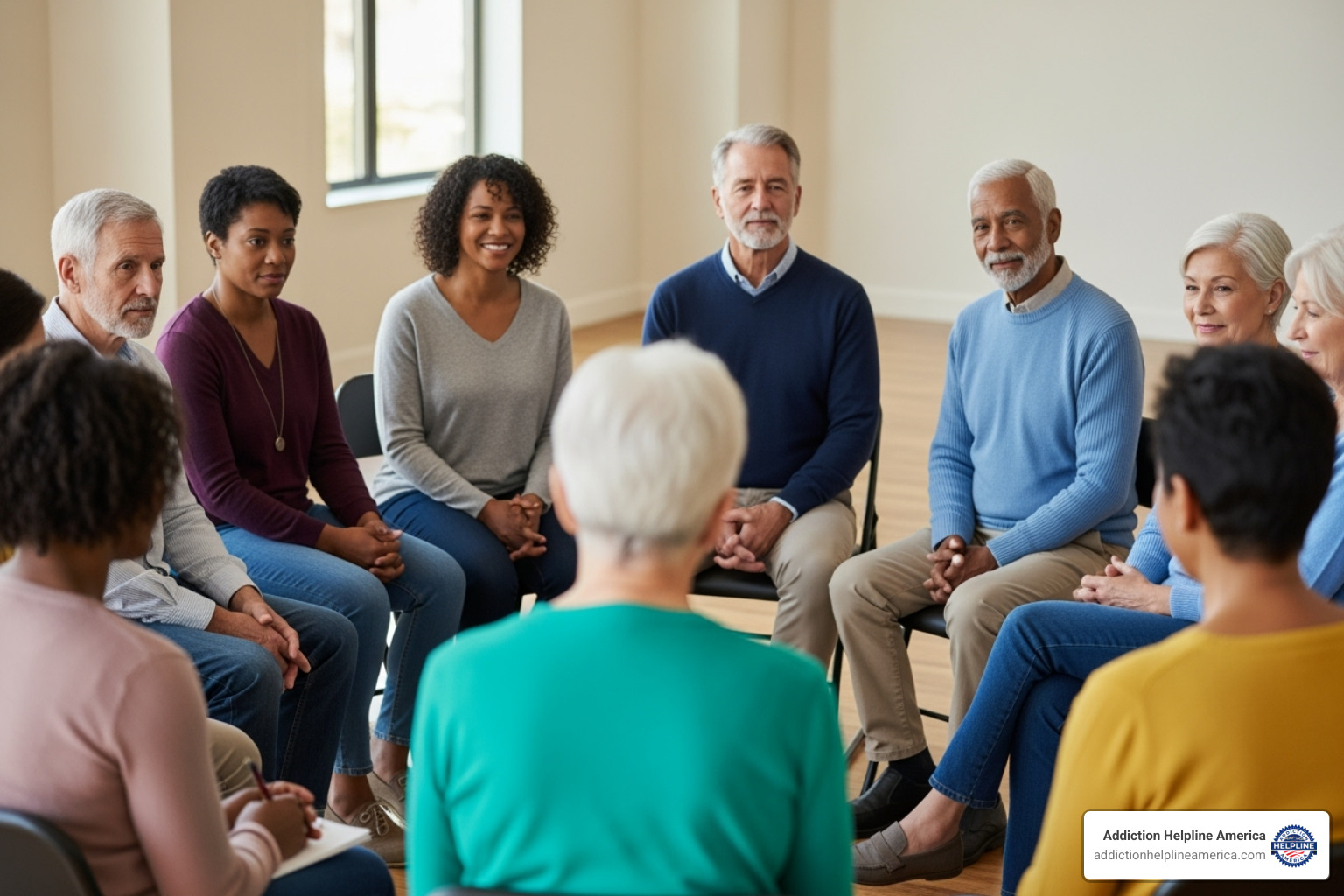
Stopping marijuana use is the first step. Lasting recovery involves building a new, supportive life that promotes overall wellness. You’re not just removing a substance; you’re making space for a more fulfilling life.
The Role of Support Groups in Recovery
Peer support groups are a lifeline in recovery, offering a space to connect with others who understand your struggle. This shared experience reduces isolation and fosters accountability through encouragement.
- Marijuana Anonymous (MA) is a free, 12-Step program for those who want to stop using cannabis. It provides a structured path to recovery through shared experience and mutual support. You can find meetings via Marijuana Anonymous.
- SMART Recovery (Self-Management and Recovery Training) is a science-based alternative that teaches practical, self-empowering skills. Its 4-Point Program focuses on motivation, coping with urges, managing thoughts and feelings, and living a balanced life. Find meetings at Marijuana Addiction Help & Resources | SMART Recovery.
Finding a supportive community, whether in MA, SMART Recovery, or both, is a critical component of marijuana addiction help.
Relapse Prevention and Aftercare Strategies
Relapse can be part of the recovery journey; it’s a sign that your plan may need adjustment, not a failure. The key to prevention is identifying personal triggers and developing healthy coping skills to manage them. This includes:
- Stress management techniques like exercise, mindfulness, and meditation.
- Finding new hobbies and interests to fill the void left by substance use.
- Building a strong support network of friends, family, and peers in recovery.
Your continuing care plan, developed during treatment, is your roadmap. It may include ongoing therapy, support group meetings, and check-ins with a recovery coach. For some, sober living homes offer a structured, drug-free environment to transition from intensive treatment back to independent life. The goal is to build a life so rewarding that using marijuana is no longer an appealing option.
Support for Families and Loved Ones
Addiction affects the entire family, causing stress, eroding trust, and breaking down communication. Loved ones may unintentionally fall into patterns of codependency (losing themselves in the addiction) or enabling (shielding the user from consequences).
Family therapy is a powerful tool for healing these dynamics. It helps improve communication, establish healthy boundaries, and address underlying issues without blame. The goal is to improve overall family functioning and create a supportive environment for recovery. SAMHSA’s guide Family Therapy Can Help: For People in Recovery From Mental Illness or Addiction offers more information.
Support groups like Al-Anon and Nar-Anon are also vital for families, providing a safe space to share experiences and learn from others. For more information, see SAMHSA’s What Is Substance Abuse Treatment? A Booklet for Families.
At Addiction Helpline America, we know that when families heal, recovery is more sustainable for everyone.
Frequently Asked Questions about Marijuana Addiction Treatment
We know you have questions about seeking marijuana addiction help. Here are answers to some common concerns.
Is marijuana addiction real even though it’s legal in many places?
Yes, marijuana addiction is real. It is a clinically recognized condition called Cannabis Use Disorder (CUD). Legality does not determine a substance’s addictive potential—alcohol and tobacco are legal but are known to be highly addictive.
Statistics confirm the risk. About 1 in 11 people who use cannabis will develop an addiction. This risk increases to 1 in 6 (17%) for those who start as teenagers and 25% to 50% for daily users. In 2021, an estimated 16.3 million people in the U.S. had cannabis use disorder. If you are struggling, your experience is valid.
How long does marijuana addiction treatment take?
There is no single timeline for treatment, as it is custom to your individual needs. Generally, you can expect:
- Inpatient or residential programs typically last 30 to 90 days.
- Outpatient programs can last for several months to a year or more, offering flexibility.
While formal treatment has a set duration, recovery is a lifelong process. Lasting sobriety often involves continuous engagement with support groups, therapy, and other aftercare practices.
What are the success rates for marijuana addiction treatment?
Success in treatment is best measured by an improved quality of life, not just total abstinence. Treatment for marijuana addiction is effective. Behavioral therapies like Cognitive Behavioral Therapy (CBT), Motivational Improvement Therapy (MET), and Contingency Management (CM) are proven to help people achieve and maintain sobriety.
Relapse is a common part of the recovery process for any chronic condition, including addiction. It is not a sign of failure but an indication that your treatment plan may need adjustment. A concerning statistic is that only about 10% of daily cannabis users seek treatment. The most important step toward success is reaching out for the effective help that is available.
Your Journey to a Marijuana-Free Life Starts Now
If you’re reading this, you’ve already taken the courageous first step of seeking answers. Whether you’re tired of trying to quit on your own or worried about a loved one, know this: recovery is possible, and you don’t have to do it alone.
Every day, people break free from marijuana addiction to rebuild their relationships and create fulfilling lives. The journey starts with the decision to ask for help.
At Addiction Helpline America, we are here for that moment. Our free, confidential 24/7 helpline is staffed by compassionate specialists ready to listen and connect you with the right treatment. We’re not here to judge; we’re here to guide you.
We partner with a vast network of trusted treatment centers across all fifty states and the District of Columbia. We can help you find quality marijuana addiction help that fits your unique needs, whether it’s close to home or offers a fresh start elsewhere. Our team will walk you through your options, from inpatient programs to outpatient therapy, and address all your concerns about the process.
Your future doesn’t have to be defined by marijuana. Hope and healing are waiting.
Find personalized marijuana addiction help today and let us walk this journey with you. Your marijuana-free life starts now.
Our helpline is 100%
free & confidential
If you or someone you care about is struggling with drug or alcohol addiction, we can help you explore your recovery options. Don’t face this challenge alone—seek support from us.
Programs
Resources
Will my insurance
cover addiction
treatment?
We're ready to help
Find the best
drug or alcohol treatment
center
Are you or a loved one struggling with addiction? Call today to speak to a treatment expert.



